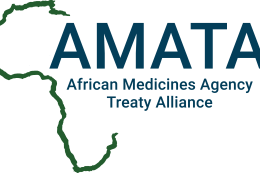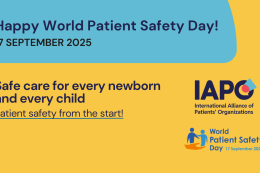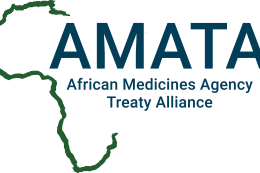Disruption changing the drug industry for good

‘Disruptive Innovation’ is a process where entrepreneurs with few resources are coming into a market and transforming it using innovative approaches.
What does it mean for patients?
For patients the following factors should lead to new drugs, therapies and cures for diseases that have so far been difficult to prevent, treat or cure - and all this delivered in rapid timelines at a fraction of the cost of the established leaders. This revolution may lead us closer to patient-centred healthcare. By working with small groups of patients, these new developments may establish much closer and deeper bonds between providers and patients by producing medicines that ‘fit them like a glove’.
Five factors
At the heart of Genomic Valley’s disruptive innovation are five factors:
- Synergy hubs: smart people working together
- Micronisation: accessible equipment
- Gene editing breakthrough: CRISPR/Cas9 technology
- Single candidate drugs
- Social venture capitalists
1. Synergy hubs: smart people working together
The Genomic Valley has created an enabling environment. A plentiful supply of very clever people is found in San Francisco. California’s universities, start-ups and immigration policies have attracted some of the best talent from around the world. The symbiosis between the IT, pharmaceutical, mechanical, electrical and other innovation hubs means that finding new drugs can happen more readily.
2. Micronisation: accessible equipment
The general size and cost of laboratory equipment has fallen sharply in California and there is a roaring trade in second-hand and discarded lab equipment that big pharmaceuticals have scrapped when downsizing facilities. Start-ups need very little capital investment to set up labs.
3. Gene editing breakthrough: CRISPR/Cas9 technology
The tipping-point starting this chain-reaction was Jennifer Doudna’s discovery of the CRISPR/Cas9 gene editing technology. This technology allows you to undertake gene editing very rapidly at the fraction of the cost of traditional systems. CRISPR/Cas9 gene editing technology equipment is small and easy to set up and use. You can practically assemble a whole lab unit in a house garage, and many entrepreneurs have been doing just that.
CRISPR/Cas9 allows you to go after your gene of interest and undertake a genome-wide screening, image the genomic loci and refine it to a great accuracy before undertaking any gene knockout, repression and activation in vivo or in fermentation broths producing biologic therapies. It is like the word search and replace function of a word processing package. You can seek any RNA sequence, cut and paste new information, or delete it.
The application of this technology extends into all aspects of disease, therapies and cures.
It is like the word search and replace function of a word processing package. You can seek any RNA sequence, cut and paste new information, or delete it.
4. Single candidate drugs
As the costs of production, marketing and distribution fall, you no longer need the huge economies of scale that mass products required to recover big investment. Drugs produced for a niche market and distributed online to a small group of patients can be done efficiently all over the world. This is patient-centric marketing to the extreme!
5. Social venture capitalists
Many young Californian entrepreneurs are social venture capitalists (SVC); they have been investing in start-ups with a social motive for years. SVCs expect lower returns and invest with longer time frames. They pick projects that will transform society, not just deliver consumer satisfaction. Many are choosing to invest in these new drug developments.
Conclusion
Patient groups with conditions that have had very little research and development may now be offered new hope.
Social venture capitalists and researchers using CRISPR/Cas9 gene editing technology may give us the next level of personalised medicine, a step towards truly patient-centred healthcare. All this promises to disrupt how we undertake research and develop drugs and treat patients.



